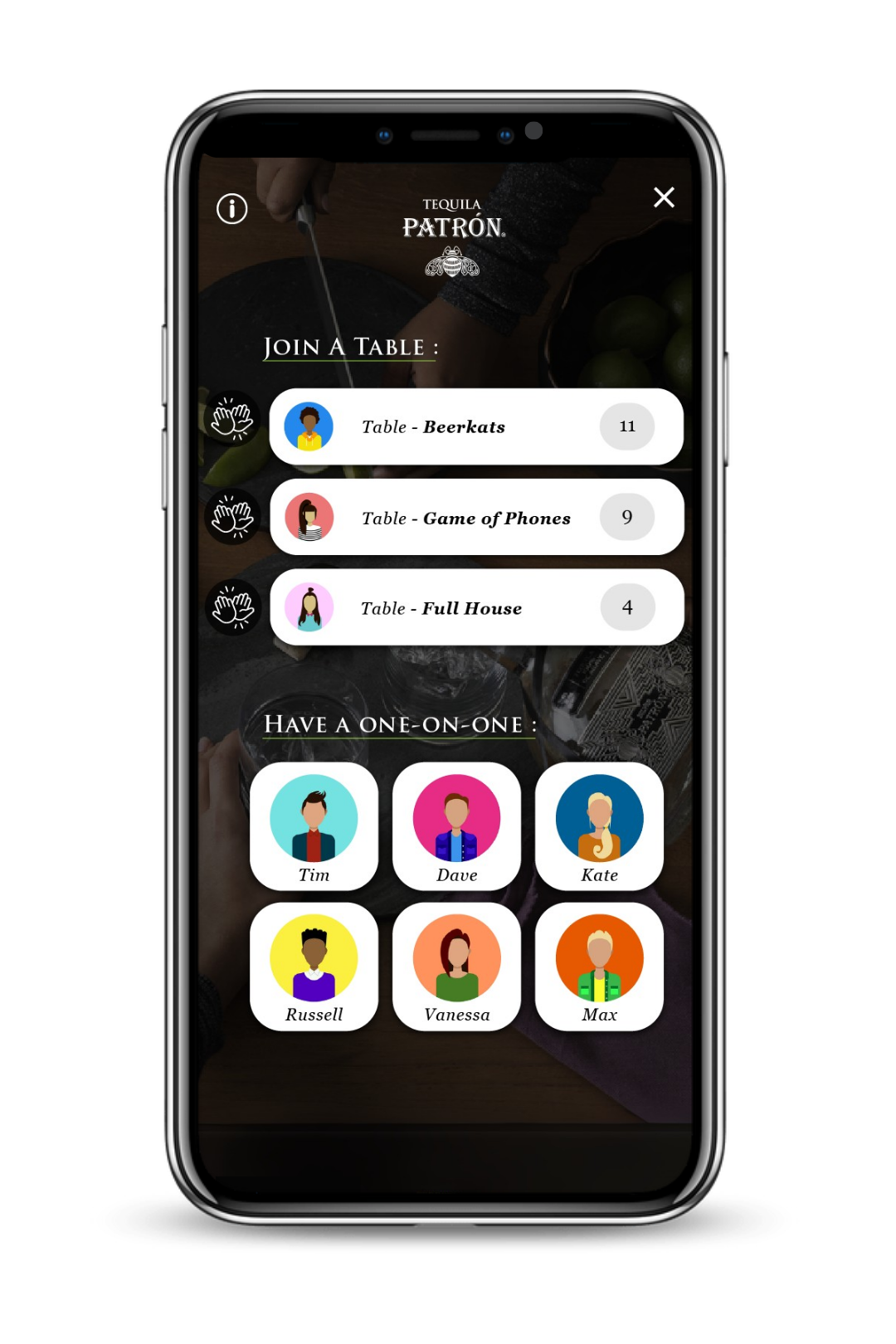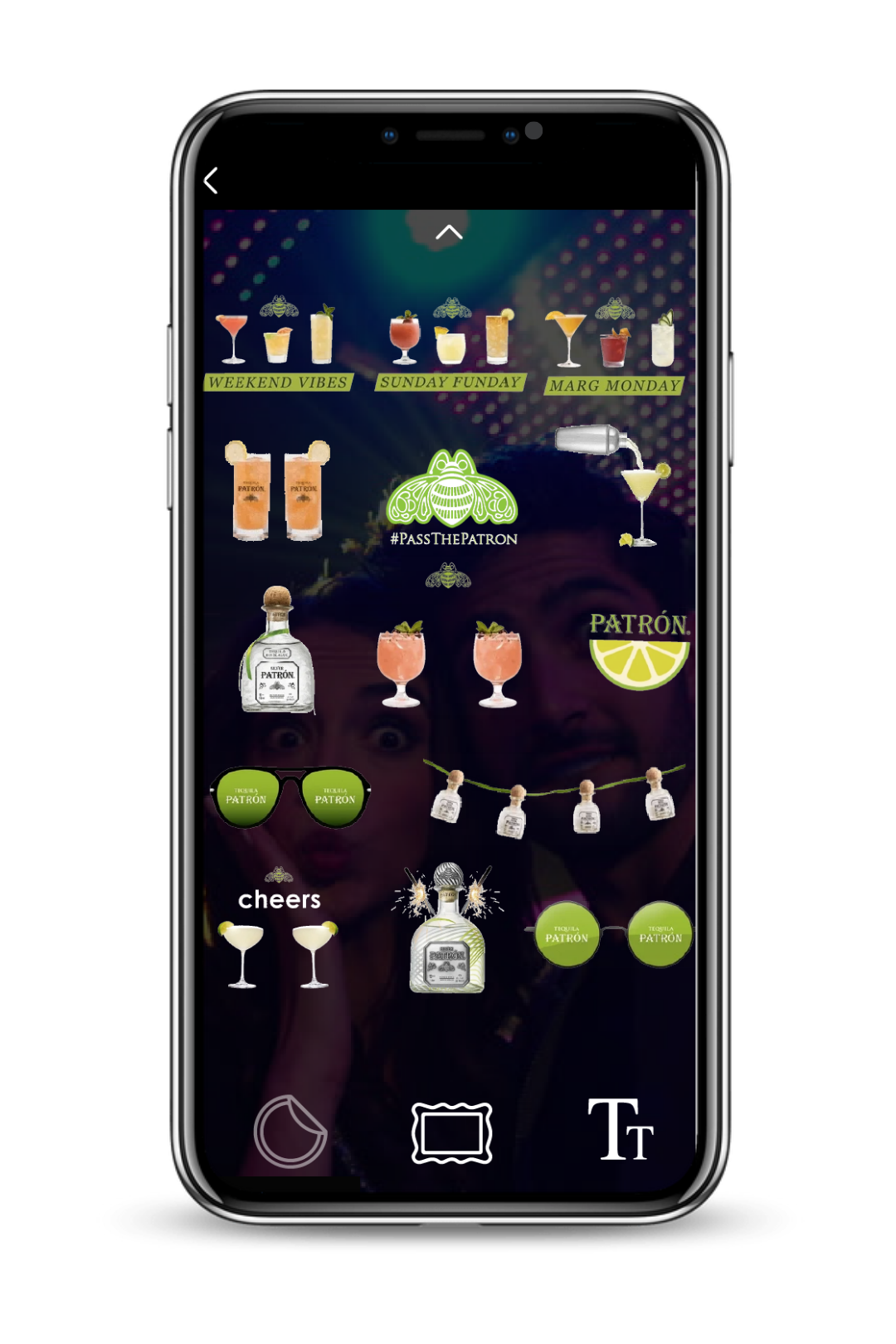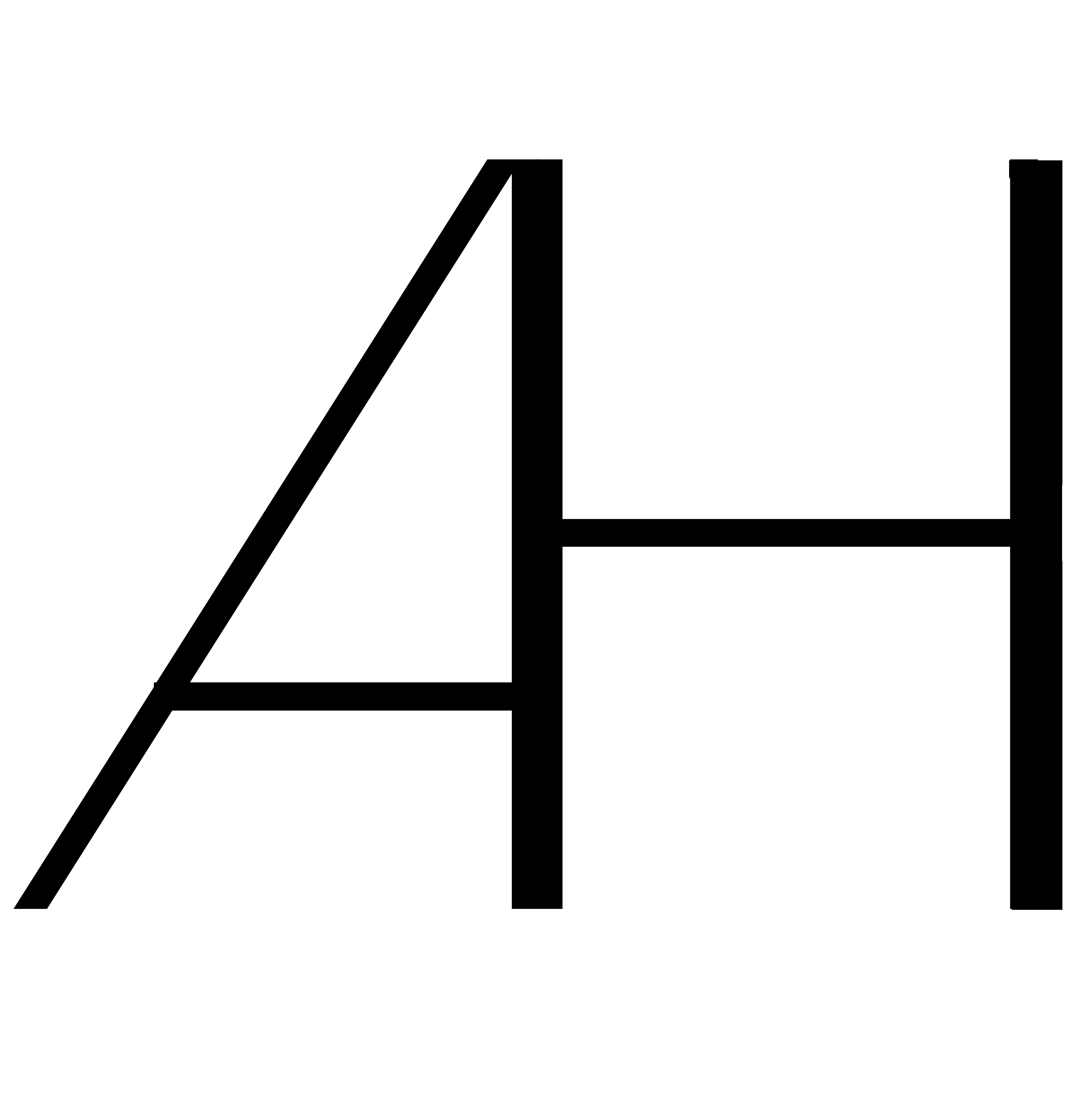Role: Lead UX Designer
Tools: Adobe XD, Illustrator, Webflow (handoff)
Team: Internal design + dev team, Bacardi marketing, Mister French venue stakeholders
Platform: Mobile Web App
Tools: Adobe XD, Illustrator, Webflow (handoff)
Team: Internal design + dev team, Bacardi marketing, Mister French venue stakeholders
Platform: Mobile Web App
_____________________________________________________________________________________________________________________________________________
Project Overview
During the early stages of the COVID-19 pandemic, social restrictions posed a unique challenge for hospitality venues: how to bring people together in a space designed for connection while maintaining physical distance. I joined a collaborative project between Bacardi and the upscale NYC bar Mister French to help design a contactless web app that reimagined the in-bar experience, bringing together ordering, social interaction, and branded engagement in a safe and intuitive way.
The Challenge
Bacardi partnered with Mister French to reimagine how guests could connect and enjoy their night out in a socially distant world. The goal was to design a digital experience that would let guests interact with one another and order drinks without physically approaching other tables or the bar. At the same time, the app needed to promote Bacardi’s product line and align with the high-end brand image of both partners.
My Role
As the lead UX Designer on this project, I led the experience design from initial research through prototyping, testing, and final handoff. I worked cross-functionally with developers, Bacardi reps, and the bar’s creative team to ensure the experience reflected both the brand and the needs of real users navigating a very new social environment.
Phase 1: Research
I started by gathering insights on how people felt about in-person socializing during the pandemic. We synthesized early survey responses and informal interviews with nightlife regulars, which revealed a few consistent themes:
•People missed casual, spontaneous interactions (especially with strangers).
•Safety was a top concern; users didn’t want to touch menus or move between tables.
•Social sharing was still a big part of the experience, and branded content was welcome if it was fun and well-designed.
•These insights directly informed our feature planning and interaction design.
Phase 2: Wireframing & User Flows
I designed user flows that focused on minimal input and frictionless transitions. Since this was a mobile web app accessed via QR code at each table, the experience had to be instant and engaging without requiring signups or downloads.
Key flows I mapped:
•Viewing and ordering from the Mister French menu
•Using “Pass the Patrón” to message another table and buy a drink
•Accessing and sharing photos via the branded camera tool
Initial flow map for concept
Phase 3: UI & Brand Integration
I designed a clean, modern interface that pulled directly from both Bacardi and Patrón’s brand libraries focusing on dark tones, high-contrast typography, and elegant gold accents. All interactive elements were sized and spaced for quick thumb access, especially in low-light bar environments.
We created a custom camera overlay experience with Bacardi and Patrón-branded stickers and frames. Guests could snap a selfie, overlay brand assets, and share directly to social media, helping the campaign grow organically.

Pass the Patrón screen

Social Camera with branded stickers

Mister French menu screen
Phase 4: Prototyping & Usability Testing
I built interactive prototypes in Adobe XD and conducted moderated remote testing sessions with 5 users. Even though the app was intended for in-person use, we focused on flow comprehension and expectations.
Key findings from usability tests:
•Users loved the idea of buying drinks anonymously. They felt it was “fun” and “flirty.”
•Many assumed the camera feature would open their native phone camera; we adjusted the CTA language for clarity.
•Users wanted confirmation after sending a drink or message, so we added subtle toast notifications.
Results
The app launched as a limited in-venue pilot inside Mister French and received positive feedback from both patrons and stakeholders. Guests praised the novelty and ease of the “Pass the Patron” feature, which successfully brought back a sense of social spontaneity while maintaining safety. The branded camera tool also generated strong engagement on social media, helping Bacardi extend its reach organically. The project demonstrated how thoughtful UX design could bridge the gap between physical and digital experiences in a hospitality setting, even under pandemic constraints.
Takeaways
This project challenged me to think beyond typical interface design and focus on creating an experience that addressed emotional and social needs during a time of heightened anxiety and physical separation. It pushed me to design for subtlety by building in moments of delight and connection while keeping safety and simplicity at the forefront.
I learned how to translate real-world social behaviors into digital interactions that feel natural and enjoyable. The success of features like “Pass the Patrón” reinforced the importance of user empathy when designing for emerging contexts, where traditional user expectations no longer apply.
Working on a branded product also sharpened my ability to balance user goals with marketing and stakeholder priorities. I had to advocate for the user while ensuring that Bacardi’s visual identity and business objectives were seamlessly integrated into the experience.
Most importantly, this project reinforced how UX design can play a role in helping people feel connected, even under unusual or constrained circumstances. Designing for joy, spontaneity, and social connection (even in a contactless format) was a rewarding challenge that continues to influence how I approach user-centered design.

